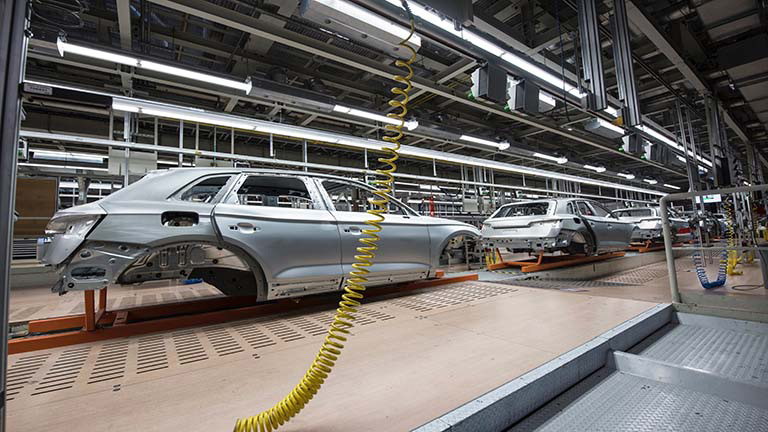By Wasana Nadeeshani Sellahewa
Canada (Commonwealth) _ Manufacturing industries in Canada generate over $600 billion in sales, support approximately 2 million employment, and account for more than 10% of GDP (GDP). Canada’s industrial sector is made up of various industries that are driving manufacturing innovation and growth. Canadian manufacturers are embracing Industry 4.0 and integrating smart technology into their operations. The industry is experiencing a digital transition, laying the stage for continuing growth in Canada’s manufacturing sector.
A variety of novel technologies are being employed in Canadian manufacturing to assist address or relieve industry challenges and prepare for anticipated future demands. Lean factory is no longer just a strategy for huge industrial businesses. Manufacturers of all sizes must have smart technology or risk falling behind. With small and medium-sized businesses providing for 93% of Canadian industry, it is critical for the industry to adopt these modern technologies while assuring their scalability.
Artificial intelligence (AI) and the industrialized Internet of Things (IIoT) collaborate to link and direct smart technology. IIoT connects machines and industrial lines to either a central hub, which provides insights and data. AI makes use of this data to improve operations in a variety of ways. AI assists manufacturers in improving their bottom lines by introducing new procedures to boost productivity and anticipate maintenance needs to reduce machinery downtime.
Adoption of these intelligent devices will assist Canadian industry in competing in the global market. However, there are obstacles to the expansion of IIoT and AI. Many Canadian industrial firms that may profit from new technologies are unsure how to enhance their operations. As a result, AI companies must spend a significant amount of time teaching potential clients.
Another impediment to adoption is a lack of capacity. Some Canadian manufacturers aren’t quite far along in their journeys of digital transformation to take full advantage of smart technology. There is a shortage of data without linked processes, and AI data layers to be effective. Canada can compete worldwide while improving operations in important sectors such as chemical, petroleum and natural gas, and power distribution if it adopts IIoT and AI through more investment, incentives, and expanded learning opportunities.
Aerospace, medicinal, and metal and powder sectors are already adopting additive manufacturing effectively in Canada. However, much as with AI, acceptance is sluggish. Additive manufacturing has the potential to be a key participant in the future of Canadian manufacture, but it all depends on how much the government is prepared to spend in the technology. Additive manufacturing, like other smart technologies, is widely used in postgraduate and research departments of Canadian universities. Although Canada only accounts for roughly 2% of the worldwide additive manufacturing community, these higher education programs are helping to enhance the technology’s ubiquity. University programs, together with government assistance in Canada, will lead to broader use of additive manufacturing. In addition to funding, the government plays an important role in shaping public opinion of this technology. From the financial return to the current production aspect, assisting enterprises in realizing the promise of additive technology will promote growth in the Canadian industrial sector.
Many firms are looking to automation as a solution to the industry’s considerable manpower deficit. Companies that work with manufacturing suppliers not only prefer, but also require, automated processes. Automation will not only assist to alleviate the current labor crisis, but it will also aid with future production demands.
Because labor availability is currently a problem, it will only worsen in the coming years. With forecasts that 25% of Canada’s manufacturing workers will retirement by 2030 and no one will be able to replace them, automation will be the only option to sustain productivity. Machines have taken over monotonous production jobs and fill manpower shortages. Meanwhile, a new generation is emerging.








